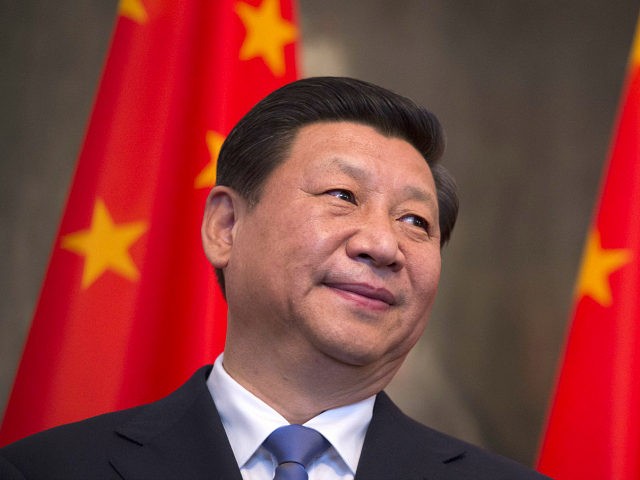China responded on Monday to criticism of its heavy bombers landing on a South China Sea airstrip by insisting it was all part of a routine training exercise and said the United States is the party that threatens regional stability by sending warships on freedom of navigation patrols through territory claimed by Beijing.
A Chinese H-6K heavy bomber reportedly landed in the Paracel Islands last week, stoking fears that China is developing strike capability across the entire region, from Indonesia to Australia. The Pentagon warned China’s “continued militarization of disputed features in the South China Sea only serves to raise tensions and destabilize the region.”
Chinese Foreign Ministry spokesman Lu Kang retorted that China was conducting a simple training exercise and fears of militarization are overblown, as reported by China Daily:
“The South China Sea islands are China’s territory. The training is a normal exercise conducted by the Chinese military. It’s not necessary for other parties to make an over-interpretation,” Lu said.
“They are totally different in nature than the behavior of driving one country’s own military vessels and aircraft across a long, long distance to the South China Sea and posing a threat to regional countries,” Lu added.
As usual, a Chinese academic was standing by to buttress the latest pronouncements of the Chinese bureaucracy:
The US has dispatched its military vessels and aircraft to the South China Sea for years.
Its B-52 bombers carried out training exercises in the vicinity of the South China Sea in late April, Reuters quoted the US Air Force as saying. The news came less than a month after the US sent the aircraft carrier USS Theodore Roosevelt to the South China Sea.
Countries need to get used to China’s training in its own territory, said Teng Jianqun, a researcher at the China Institute of International Studies. Such training, in line with international law and not threatening the security of other countries, is not “militarization”, he said.
The US should stop “pointing its fingers” at such training, which will not alter China’s determination to safeguard its territory, he said.
Clearly, there would also be nothing militaristic about China building six combat-ready aircraft carriers, as military expert Liang Fang recommended on Tuesday. China’s first carrier is a refurbished Russian antique from the Cold War. Its second – the first aircraft carrier constructed domestically – is currently undergoing sea trials, returning to port on Tuesday after an evidently successful week in the Bohai Sea. A third carrier of much more advanced design, with launch capabilities to rival American ships, is thought to be under construction in Shanghai.
Liang said that China needs a total of six carrier battle groups to protect its “long coastline.” That probably would not include the first ship, Liaoning, which was intended to serve as a testbed and training vessel before it was pressed into service as a tool for intimidating regional adversaries such as Taiwan. The carrier currently undergoing sea trials, which has not been officially named yet, is based on the obsolete Liaoning design and probably will not be good enough to service China’s naval ambitions.
Military analysts have compared China’s outposts in the South China Sea to aircraft carriers that do not move. The Philippines is somewhat nervous about coming within range of bombers launched from those sand-shrouded immobile carriers. On Monday, the Philippine Star quoted a defense analyst who confidently predicted his country’s twelve FA-50 fighters could intercept Chinese H-6K bombers flying out of the Paracels followed by a quote from President Rodrigo Duterte complaining that the FA-50s are a “waste of money” useful primarily for “ceremonial fly-bys.”

COMMENTS
Please let us know if you're having issues with commenting.